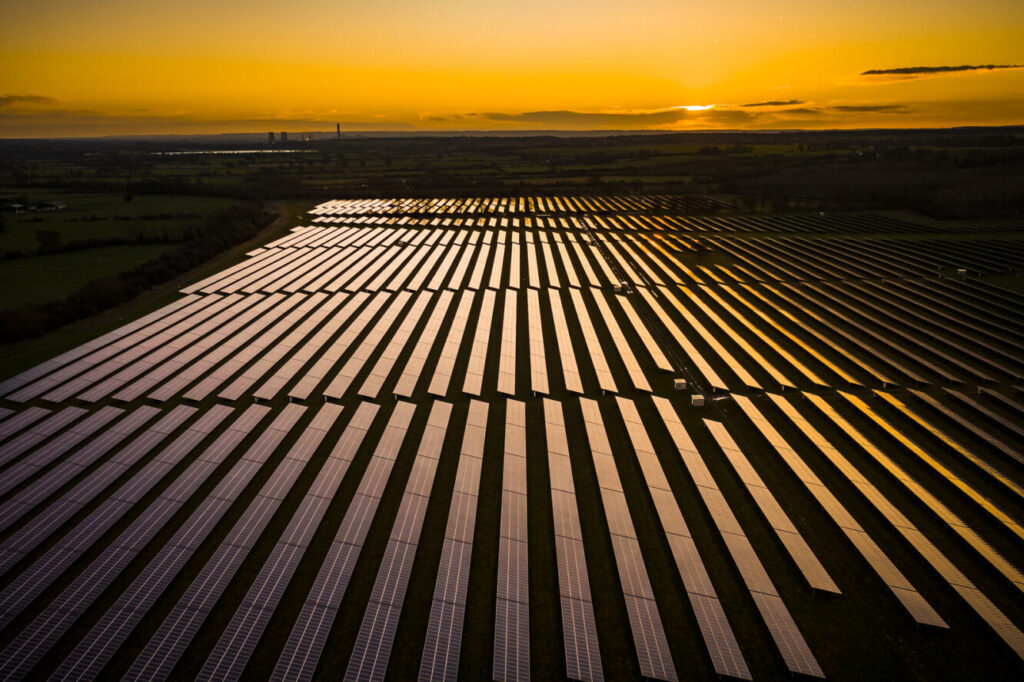Germany’s 5% infrastructure quota is a slow burner
A 5% investment quota for infrastructure created a big splash when it was announced earlier this year. Despite optimism in the process, it is taking longer to filter through into deals. Luke Walsh reports.
Germany is putting infrastructure investment centre stage this year with development of a EUR 500bn infrastructure fund, but that is not the country’s only plan to source more capital for sectors including transport and the energy transition.
An amendment to Germany’s investment ordinance (Anlageverordnung or AnlV for short) in February also introduced a dedicated 5% infrastructure quota for pension funds, small insurers, and similar investors.
The regulation allows the investors to allocate up to 5% of their assets specifically to infrastructure, in both equity and debt.
Highlighting the need for further investment, the International Monetary Fund published a report in June saying successive German governments had “neglected future-oriented public investment for years”. The report focused on lack of funding for infrastructure, defence, and education in particular.
The 5% policy was pushed through despite political turbulence, as Europe’s biggest economy went to the polls the same month, earlier than expected after the government collapsed last year.
The fact it was pushed through showed both the need for infrastructure investment in Germany and the pressure on investors to produce yield in an increasingly complex market, which has been slow on growth over the past few years.
The move was a significant regulatory shift aimed at pushing more capital towards infrastructure development. While it was welcomed across the financial and energy sectors, experts caution that its impact is still unfolding gradually.
According to Winfried Weigel, founder of advisory firm CleanTech Capital Group, investors and lawyers responded with a flurry of publications earlier this year, while industry associations signalled readiness to adapt asset allocations, with talk of investments as early as in the second half of this year.
However, the reality has been much slower according to Weigel: “Reallocation will happen continuously over time with new funds, slowly shifting the total assets under management.”
Weigel likened the process to mobile phone contracts or EV sales, saying new allocations will come as current ones end.
Wiebke Kuhne, managing director at fund manager Golding Capital Partners, was more optimistic and said she was already seeing momentum. “Especially among pension schemes and smaller insurers, we are seeing renewed appetite to deploy capital into infrastructure strategies,” she said.
Kuhne highlighted the quota’s role in supporting the energy transition and social infrastructure going forward.
Michael Pfennig, co-head of infrastructure equity at Allianz Global Investors (AllianzGI), sees the quota as a strategic enabler: “It’s a good way for institutional investors to expand their scope for action in private markets.”
Pfennig emphasized the urgent need for capital in energy modernisation and digital infrastructure.
However, he also said investors must first familiarise themselves with the asset class and identify suitable projects, which would take time.
Although the 5% quota covers both infrastructure equity and debt, some in the market see the biggest boost coming on the equity side.
Claus Fintzen, chief investment officer of infrastructure debt at AllianzGI, noted: “It does not really play a major role for senior investment grade rated debt, but should help for infrastructure equity mainly, and high yield.”
Fintzen further added that asset reallocation takes time, especially when capital must be raised or restructured, further indicating investments were still a way off.
While the majority of industry leaders were positive about the quota’s eventual impact, others questioned whether it would make a difference at all.
“There is currently no impact on the allocation of capital to infrastructure,” said Maik Schulze, head of private assets at BarmeniaGothaer Asset Management.
Schulze acknowledged the regulatory change, but said strategic allocations remain dominated by other factors, without elaborating on them.
Overall, the 5% infrastructure quota is a clear signal of Germany’s intent to channel institutional capital into future-critical sectors. But as most industry leaders agreed, the transition will be slow, requiring new expertise, due diligence, and ongoing strategic alignment.











